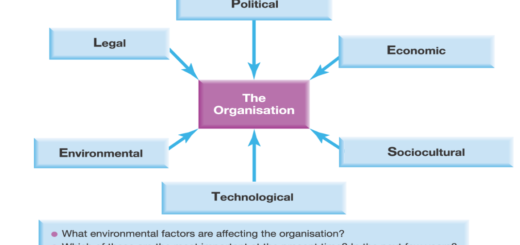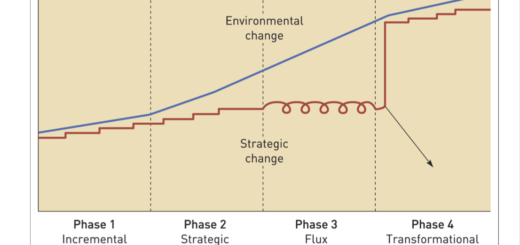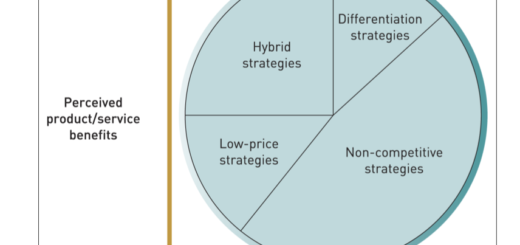Equality, diversity, and Inclusion (EDI)
Equality, diversity and inclusion (EDI) are three concepts that are commonly used together to promote fairness, respect, and equal opportunities for all individuals, regardless of their gender, age, ethnicity, sexual orientation, religion, or any other characteristic.
- Equality refers to the idea that everyone should have the same rights and opportunities, regardless of their differences. It aims to eliminate discrimination and ensure that everyone is treated fairly and with respect. Equality is about creating a level playing field, where everyone has access to the same resources and opportunities to achieve their goals.
- Diversity, on the other hand, refers to the range of differences that exist between individuals, including differences in race, ethnicity, gender, sexual orientation, age, ability, and culture. Diversity recognizes that people have different backgrounds, experiences, and perspectives that can enrich society and organizations. It celebrates and values differences and promotes inclusivity.
- Inclusion refers to the practice of creating an environment in which all individuals feel valued, respected, and supported. It means removing barriers to participation and providing equal opportunities for everyone to contribute and succeed. Inclusion is about ensuring that everyone feels like they belong and can participate fully in society and organizations.
Together, equality, diversity, and inclusion are important principles that promote social justice, equity, and human rights. By valuing and respecting differences, and creating inclusive environments, we can build stronger communities and organizations that benefit everyone.
In summary, equality, diversity, and inclusion are three related but distinct concepts that work together to promote fairness, respect, and equal opportunities for all individuals. While equality creates a level playing field, diversity recognizes and values differences, and inclusion creates an environment where everyone feels welcome and supported.
Contents
The benefits of embracing Diversity
There are several benefits of embracing diversity in various settings, including workplaces, communities, and organizations. Some of these benefits include:
- Human capital perspective: By embracing diversity, organizations can tap into a wider pool of talent and make better use of the resources available. This can lead to increased innovation, creativity, and productivity, as well as better problem-solving and decision-making.
- Social justice: Embracing diversity is also a matter of social justice, as it promotes fairness, respect, and equal opportunities for all individuals, regardless of their differences. Organizations have a moral and ethical interest in promoting social equality and ensuring that everyone is treated fairly and with respect.
- Business case: There is a growing body of evidence that suggests that diverse workforces can be a source of competitive advantage. This is because a diverse workforce brings a range of perspectives, experiences, and skills that can help organizations adapt to changing markets and customer needs.
- Adam’s equity theory: Embracing diversity can also improve employee motivation and engagement. Adam’s equity theory suggests that people are better motivated when they are treated fairly and equitably compared to other groups. By creating an inclusive and equitable work environment, organizations can foster a sense of belonging and commitment among their employees.
In summary, embracing diversity is beneficial for individuals, organizations, and society as a whole. It can lead to increased innovation, productivity, and competitiveness, as well as promote social justice and improve employee motivation and engagement.
More on the business case for diversity….
- Wider pool of labour for recruitment and attracting talent
- People want to work for organisations with good employment practices
- Loyalty, engagement, contribution, less absenteeism and turnover
- The idea that individuals feel more valued is linked to the psychological contract and the idea that workers who feel invested in will contribute more to the organisations success
- It leads to a wider consumer base
- Diversity can help organisations open up new avenues for products/services to target diverse groups
- E.g. local authorities seeking to improve how they deliver their services to diverse groups within their communities
- Better company image
- Ethical behaviour communicates an important message to all stakeholders
- Link between diverse employees and diverse customers that organisations engage with – allows them to connect more with diverse customers because customers feel employees are more ‘like them’
- Encourages creativity and innovation
- A diverse workforce brings difference experiences, skills, competencies and generally different backgrounds that can be capitalised on by organisations
Limitations of the ‘business case’ for diversity
- The business case is contingent and variable
- More relevant for some organisations than others – relevance varies with the economic/business cycle
- The business case is selective and partial
- Appeal of a diverse workforce more relevant in areas of high customer interface
- Business agenda does not include low pay, part time workers – greater concern for glass ceiling than sticky floor
- Firms obtain cost advantages from discrimination and exploitation of certain groups of workers
- Exploitation of women and ethnic minorities as cheap flexible workforce
- Non-recognition of skills and undervaluing of women’s work
Assessing EDI
Assessing EDI (equality, diversity, and inclusion) in the workplace is an important step in creating an environment that is fair, respectful, and welcoming for all employees. Here are some key steps that can be taken to assess EDI in the workplace:
- Conduct an EDI audit: This involves reviewing the organization’s policies, practices, and culture to identify any areas where EDI may be lacking. This can include reviewing recruitment and hiring practices, employee training and development programs, and promotion and advancement opportunities.
- Collect data on EDI: Collecting data on the diversity of the workforce can help identify areas where EDI may be lacking. This can include collecting data on the gender, age, ethnicity, disability status, and other characteristics of employees.
- Conduct surveys and focus groups: Surveys and focus groups can be used to gather feedback from employees on their experiences of EDI in the workplace. This can help identify any barriers or challenges that employees may be facing, as well as identify areas where the organization can improve.
- Review employee engagement and satisfaction: Employee engagement and satisfaction can be a good indicator of how well the organization is promoting EDI. Reviewing employee engagement surveys and other feedback mechanisms can help identify areas where employees may be disengaged or dissatisfied due to a lack of EDI.
- Develop an EDI action plan: Based on the findings of the EDI audit, data collection, surveys, and focus groups, the organization can develop an action plan to improve EDI in the workplace. This can include developing new policies and practices, providing additional training and support for employees, and implementing initiatives to promote diversity and inclusion.
By taking these steps to assess EDI in the workplace, organizations can identify areas where they can improve and take action to create a more equitable, diverse, and inclusive environment for all employees.
Managers can use data analytics to assess their team or organisations ‘health’ in terms of equality, diversity and inclusion
- Is there a fair representation of diverse groups within the team/organisation?
- Are there issues of ‘segregation’ to lower paying roles?
- Are there differences in access to secure jobs, training and development?
- Are there differences in progression for particular groups within your team/organisation?
- Are there problems with staff turnover, absenteeism and satisfaction for particular groups?
- Are there differences in perception of fairness of practices and involvement in decision making processes?
- Are there differences in sense of belonging and authenticity in the workplace?
How can a manager ‘recruit’ for diversity?
- Do not rely on word of mouth only to recruit candidates: take care to consider range e.g. graduate recruitment schemes that advertise in Russell Group universities only perpetuate social inequalities (e.g. legal sector)
- Use accessible language: take care not to use unnecessary industry jargon that could be off-putting for some groups. Also reflect on gender neutral language e.g. looking for ‘drive’, ‘determined’ (sales jobs) could indicate a masculine working environment and put women off from applying.
- Take care not to be discriminatory in your use of language: Asking for a ‘young graduate’ is discriminatory and requiring someone that is ‘physically fit’ could deter older and disabled workers.
- A diversity statement included in all job descriptions (all sections of community welcomed)
- Ensure your person specification is free from bias. What skills, experience and knowledge does the job require? Do not require language skills if not needed as this is culturally biased.
Where possible note openness to conversations around flexible working in job advertisements (attract women and disabled workers)




